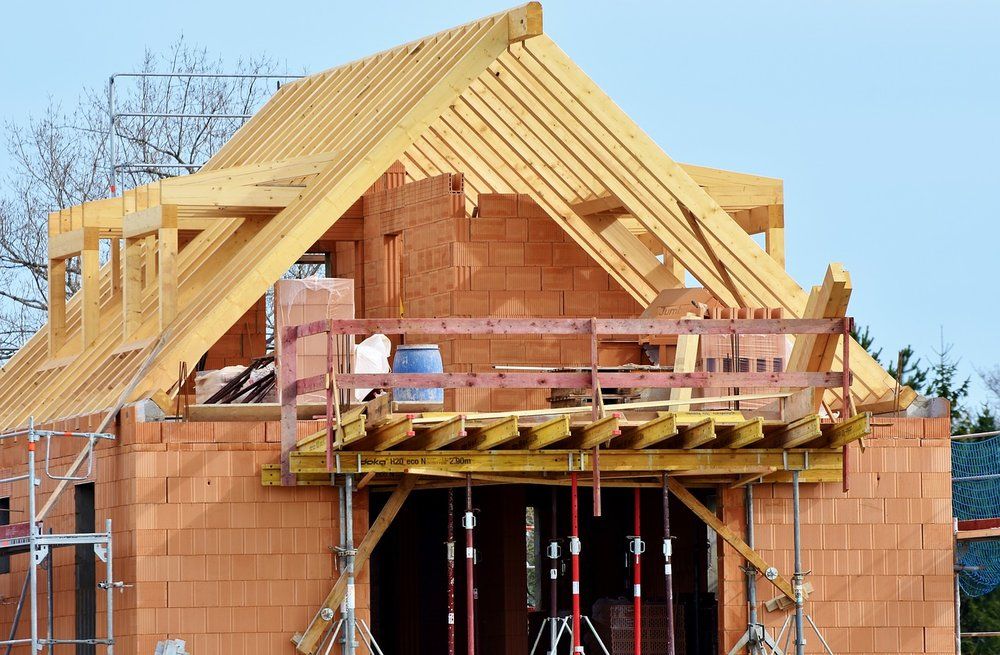Help, I want to live the tiny house dream and build on my friend or family’s land but do not know where to start.
by Kiri Williams
20 March 2024
With the increasing unaffordability of property and squeeze on the property market in New Zealand at present, many New Zealander’s are turning to owing a tiny home. While this can be a great option to fulfil the ‘kiwi dream’, it is crucial that tiny homeowners secure their interest in the property or right of occupation of the land on which the tiny home is built to avoid running into problems further down the track.
Often to cut costs tiny homes are built on land owned by a friend or one of the family without formal documentation recording the occupation of land.
Before weighing up which option will suit, consideration by all parties will need to be given to the following matters (this is by no means an exhaustive list and every scenario will need to be considered on a case-by-case basis, and what is favourable for one client may not suit another):
- Is the tiny house going to be movable, relocatable or affixed to the land?
- Will there be a defined area of occupation, including exclusive use and common use areas?
- What are the finances and future plans of each party? Is a party looking at retirement, having a family, or considering moving abroad?
- The percentage and split of costs of any shared outgoings or maintenance and repair of shared areas (driveways) and the preferred method of payment of these?
- Is the tiny homeowner expected to pay annual rent, a one-off payment or to purchase a share in the land?
- Whether the tiny house owner needs additional security by registering a mortgage over their interest in the land?
- What happens if one party wants to sell or passes away? and
- Discussion about the preferred dispute resolution process.
Another consideration before you start your tiny home journey is to find a reputable building company and builder. We recommend you do your due diligence and have your Lawyer look over the building contract before you sign it.
Some options available to tiny homeowners wanting to secure their interest include:
1. Entering a Lease arrangement with the owner of the land:
A lease would provide the tiny homeowner with exclusive possession and control over a defined area of the land in exchange for payment of rent to the landowner. The terms of the lease would set out the area leased, annual rent charged, the duration of the lease (noting that the lease must be for a period of no more than 35 years, otherwise it is deemed a subdivision of land); and additional terms governing the right of occupation.
If the landowner sold the property, the lease would run with the property and the tiny homeowner would be able to remain on the land until the expiry of the term of the lease. However, if the property is sold subject to the lease, it may be less desirable for prospective purchasers and for the tiny homeowner having to live very close to a third-party purchaser with whom they have never met.
Some of the downsides also include the practicalities around the tiny house being relocated upon the expiry of the lease and the make good provisions under the lease, such as the cost of restoration of the land (to the condition it was in at the commencement date of the lease).
2. Licence to occupy:
The landowner could grant a licence for the tiny homeowner to occupy the land. There would be no need to survey the area and the tiny homeowner’s interest would not be registered on the Title. Rather the rights and obligations of each the tiny homeowner and landowner would be recorded in a Licence to Occupy Agreement. The tiny homeowner would usually pay an ‘outgoings fee’ for use of any shared facilities on the land, but be responsible for any services that separately charged and used by the tiny homeowner.
This could be a favourable option if the tiny house is relocatable.
A downside is that a licence can be cancelled by either party giving notice to the other, which will create uncertainty of tenure for tiny homeowner and the Licence is usually non-transferrable, so if the property was sold the Licence would be terminated. Further the tiny homeowner could not borrow against the value of the tiny home or land.
3. The purchase of a share in the land/property:
Another option is for the tiny homeowner to purchase a part share in the property and both parties enter into a Property Sharing Agreement governing their use and ownership of the property. The property sharing agreement would record each parties’ rights and obligations in respect of their use and enjoyment of the property, including how expenses are shared, how each party may sell or transfer their share and any joint or several obligations in respect of the mortgage registered over the title.
Each parties’ share would be formally registered over the Title which provide security for the tiny homeowner and the property would not be able to be sold without the tiny homeowner’s consent.
Some of the pitfalls of this option are that the bank may require the tiny homeowner to be tied into the original land owner’s mortgage registered over the title; the costs involved getting the property valued, discharging the existing mortgage, the cost of ‘buy in’ by the tiny homeowner as well as re-mortgaging the property and the cost involved in preparing a property sharing agreement.
Another point to consider is the difficulty in agreeing on a value of the tiny home if it is not going to be removed and how any capital gain on the sale of the property will be split.
4. Buying a bare section to build the tiny house is a low-risk option for a tiny homeowner to realise their dream:
Having your own land provides you with security of tenure and ownership. When the land is yours, you of course have complete control over the tiny house build and use of the land. Further, you can decide to sell the property at any time, relocate the tiny house or have it form part of the property, meaning that you can realise any capital gains and improvement value on the sale of the property following the build of the tiny house.
The downside of this option is that it may fall outside of the tiny homeowner’s budget. Land is increasingly more expensive to buy and might not be available or suitable for a tiny house build.
We recommend that all parties seek independent legal advice early on in the process to ensure the best outcome and adequate security of assets. If you would like to discuss this further and the protections and processes available to you, please get in touch with the team at Pitt & Moore on 03 5488349.


